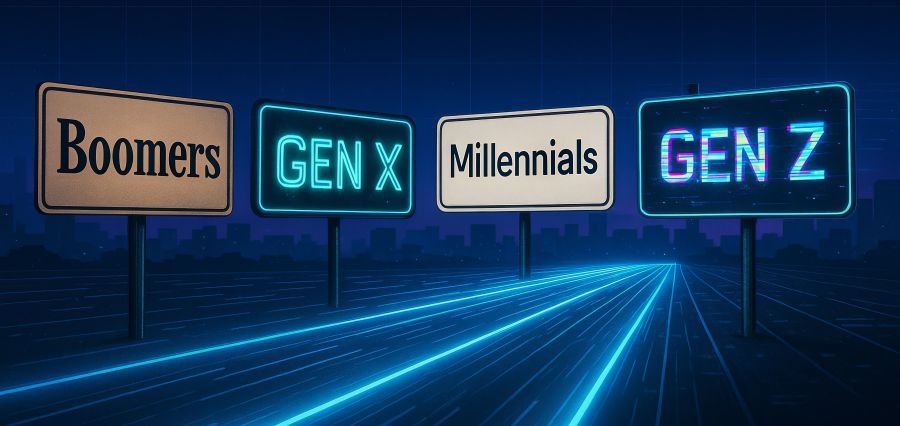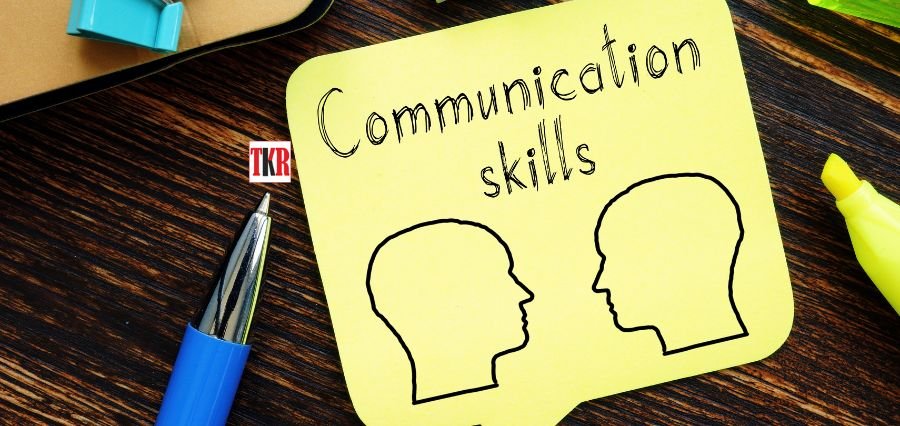Interactive Presentation is not a 2025 buzzword anymore—it’s the magic that transforms passive viewers into active players. Presenting to clients, colleagues, or students, whatever the audience is, it is presentation manner that creates the difference between being remembered and forgotten. A good interactive presentation doesn’t just narrate a story—it gets you involved in it. Today’s world of digital demands not just slides and static facts; it demands interaction, customization, and feedback in real-time.
Why Interactive Presentation is a Game-Changer in Communication
With today’s short attention spans, boring static presentations are more likely to flop. The trend towards an interactive presentation state is a response to that issue. It’s not just clicking between slides, though, but about integrating dynamic elements such as real-time polls, clickable graphics, and videos embedded. These elements keep the audience’s minds occupied and hearts engaged.
The beauty of an interactive presentation is its flexibility—it sparks lively discussion, adjusts in real-time to your audience’s feedback, and leaves your message resonating long after the session is gone.
Interactive Presentation Tools That Drive Maximum Engagement
Choosing the proper tools becomes critical in developing a seamless interactive presentation experience. Tools like Mentimeter, Prezi, and Canva offer simplistic design and interactive tools that transform mundane content into experiential content. These tools allow users to embed quizzes, animations, transitions, and even voice commands.
Using such software doesn’t require professional design skills. Driven by drag-and-drop features and template offerings, even amateurs can create interesting presentations. The goal is to demystify complexities and make them bite-sized and interesting.
Planning an Effective Interactive Presentation
The organization of your presentation can make or break the participation of the audience. Start with a question or a question-provoking fact. This immediately invites participation and indicates that the session will be a give-and-take.
Every section of your interactive presentation needs to serve a particular purpose—showing the problem, showing the solution, and engaging the audience through discussion questions or polls. Storytelling visuals like flowcharts and walkthroughs embedded within assist not only in making your content more engaging but also more memorable.
Add space for audience reflection or Q&A. These are opportunities to reboot attention and reinforce major insights, making your session a memorable experience instead of another meeting.
Fine-Tuning Your Interactive Presentation for SEO and Sharing
It’s not entirely about live delivery—there can be good shareable content in a great interactive presentation too. Optimize it well, and it can drive traffic, leads, and build brand awareness. Include targeted keywords in slides and include a strong CTA (Call to Action) at the end of the deck.
Repurpose the presentation content in blog posts, infographics, or short video bytes to get maximum exposure. All the content pieces need to reflect the overall message of your interactive presentation and be voice and tone consistent for your brand.
Using Interactive Presentation for Training and Education
Instructors and educators can harness the power of interactive presentation formats to propel learning results. Instead of rigid slide decks, the integration of elements like live quizzes, case studies, and gamification tools will increase retention and engagement.
For example, using a quiz halfway through the topic not only provides a break from tedium but enforces the learning point. Students or staff involved in the session feel addressed and not just spoken at.
Instructors can also introduce breakout rooms or query prompts to make presentations participative learning sessions. An ideally structured interactive presentation inculcates a curiosity and problem-solving culture, which are the key features of successful education models.
Data-Driven Insights from Interactive Presentation Analytics
Perhaps the best part about a modern interactive presentation is that it can track people’s behaviors and metrics of engagement. Tools like Slido and Google Slides paired with Google Analytics are able to track what percentage of your presentation was most seen and where audience members checked out.
These insights allow presenters to refine their content for future sessions. A/B testing of slides, question placement, and video consumption helps improve the engagement strategy continuously.
Furthermore, with click-through rates and heat maps, companies can measure how much each interactive-presentation is actually leading to conversions, generating leads, or enhancing knowledge transfer.
Storytelling is the Heart of Every Interactive Presentation
Excellent presenters know that facts reveal, but narratives sell. Interweaving personal stories, customer reviews, or fictional scenarios in your interactive presentation adds emotional richness. It makes the data human and keeps your audience engaged.
For instance, rather than simply projecting statistics on global warming, recite the experience of a community that transitioned to it. Then ask your audience to walk through outcomes in an interactive timeline or decision tree.
A storytelling-based interactive presentation not only teaches—renames your audience’s mindset and drives action.
Future-Proofing Your Message with Interactive Presentation
As AI, AR, and VR technologies make the scene, the future of interactive presentation is limitless. Presenters already experiment with holographic screens, 360° virtual worlds, and customized avatars. These features from science fiction may appear daunting, but their intent remains the same: drive engagement.
Companies that move early to upgrade their interactive-presentation approach will remain at the forefront. From pitching investors to teaching a classroom, from training a remote team to sharing your story with a room full of admirers, this engaging format increases the power and emotion of your message.
Conclusion: The Interactive Edge
In short, the monologue presentation era is over. Modern audiences expect more—and should get it. An interactive presentation delivers your message with emotion, context, and engagement.
By integrating tools, storytelling, analytics, and SEO-friendly design, you’re creating an experience, not just a slideshow. And in a world where attention is the most expensive currency, this might be your best shot yet.









